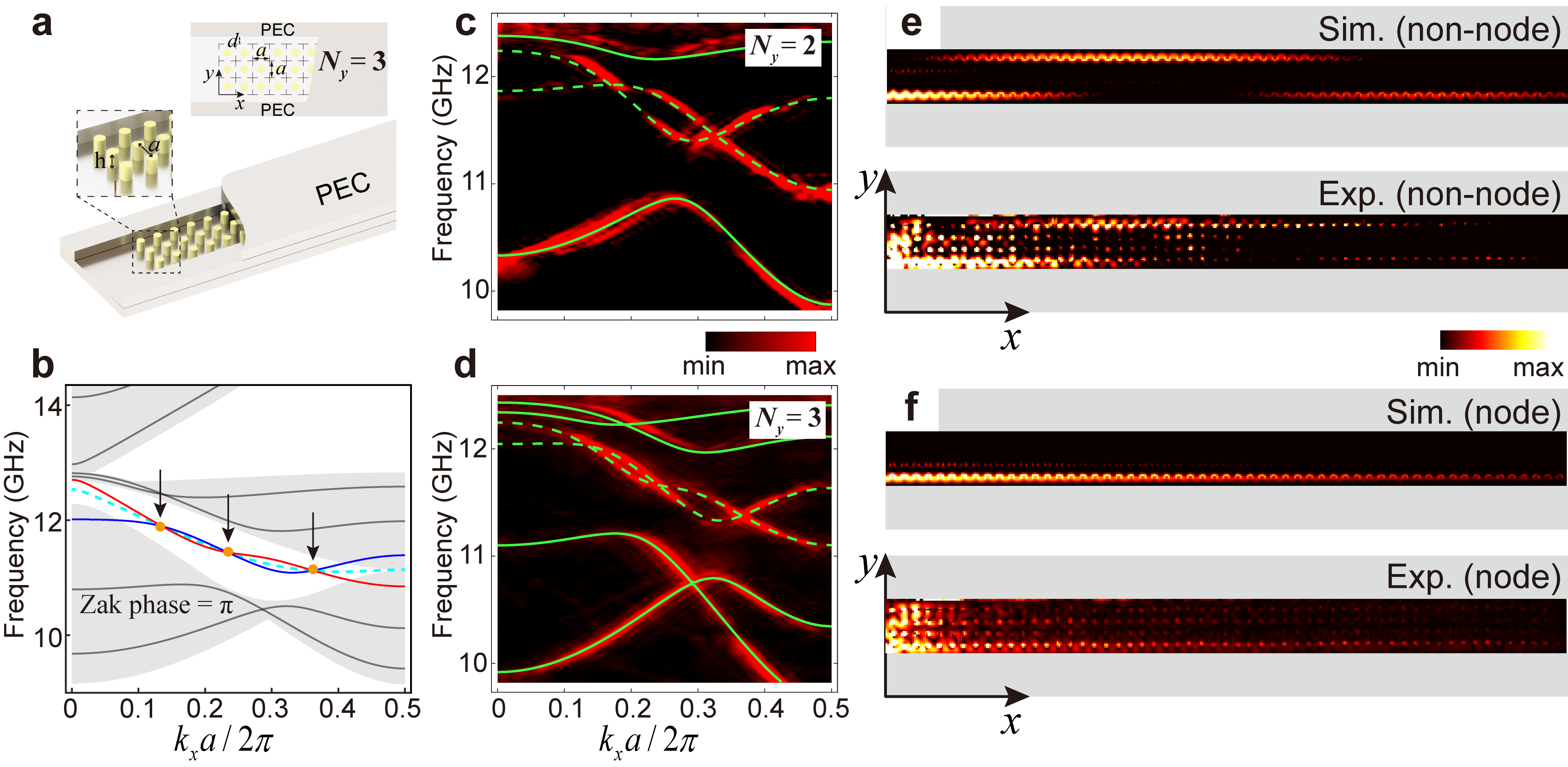Personal Information
- (Professor)
Gender:
MaleDiscipline:
Acoustics. Optics. Condensed Matter PhysicsEducation Level:
With Certificate of Graduation for Doctorate StudyDiscipline:
1 Acoustics;
1 Optics;
1 Condensed Matter Physics
Other Contact Information
-
ZipCode
7babf8b996fc02ba8f391f8b71b22a8bcd3f4abeccc50782ac500df2fc7bbbfd33ec0121535ccb720ea6e8c8df3da800745dcf948c0bd9a02ad5c77e04e6d33c04185bb88739ad1e39fd79615c8afd8e3118d468533fff05fefb4c3e65073aa021f4b7573ae694db00bd0033171d46e65f649f546418a26ce92eabcfbdf7fea1 -
PostalAddress
14da4b058cc6c8fd9f13c292347ca8926a9d7a11783f5f48e0e675dcb4a46ffbbf8038bd204689e46ed015cea133adf35509ba76687d7097671d38a9bc6460eaf0bf5f97600be544abd4f6ad8a690711eaa16a5ee79aa2055b67989adfbe6504a5046edb34dcfdf53713a19edb57267993e0bd67a214d6f2f4f2e1cde417a1b3 -
email
07a6a8f1600fc9f509bb97322af381894a7656bb803f70f1eee67af3f98a92ec2aede598b4d92c576f414b94557f2a6c36315a9e3d6bc4c44d7ebc64bda2a6d40d83981c2d70810d16711ce1454bdbaae8a3b0b4780ccfc2a2bc7ebfc38410c10c301058ca0d4af6c737b901fb83dca4aa9aa509da4e4afe72ca660b8019bae4




Breakthrough in Light Manipulation:
Unveiling Novel Finite Barrier Bound States
In March 2024, the journal "Light: Science & Applications" published the research results of the Meng Xiao and Duanduan Wan groups titled "Finite barrier bound state", which innovatively proposed and confirmed the existence of finite barrier bound states. At the same time, it also provides a new way to realize bound states in the continuum (BICs). The corresponding authors of the paper are Professor Meng Xiao and Associate Professor Duanduan Wan of Wuhan University, and the first author is Liu Tao, a doctoral candidate at Wuhan University.
Exploring wave propagation and localization in various media has been a core focus in optics and acoustics. Traditionally, it was believed that boundary modes in photonic crystals are strongly influenced by the size of the crystal (number of lattice sites). It was generally assumed that these modes are more easily confined in large systems (with many lattice sites) as the probability of tunneling decreases significantly with increasing system size. Additionally, in photonic crystal research, bound states in the continuum (BICs) have attracted attention as they reveal that certain unique modes can be confined within specific regions even in the continuous spectrum.
Research Innovation
This research innovatively proposes and confirms the existence of finite barrier bound states. The spectrum of a system typically consists of continuous and discrete spectra (left panel of Fig. 1). Conventional wisdom holds that the eigenvalue spectrum of bound states is discrete, while unbound states form a continuous spectrum. These discrete states can be localized entirely in ideal conditions (infinite barrier width, Fig. 1-II). However, when the barrier width is finite, there's a probability for the state to tunnel through the barrier and become a resonant state (Fig. 1-III). Notably, bound states in the continuum (BICs) are spatially bound within the continuous spectrum's energy/frequency range (Fig. 1-I). This study introduces a counterintuitive concept parallel to BICs: certain states can be bound entirely in very thin bandgap materials, making them unable to tunnel through the bandgap material(Fig. 1-IV and 1-V).

Fig. 1 | Illustration of bound state in the continuum (BIC), regular bound state, resonance state and finite barrier bound state. Counterintuitively, as insets IV and V show, a state gets trapped completely by a band gap material with a finite and very small thickness.
The study first demonstrates a special mirror-symmetric photonic crystal strip structure where the transition of boundary modes can be finely controlled. When the width of the photonic crystal (the number of lattice sites along the y-direction, Ny) is small, the boundary modes on both sides interact and split into odd and even modes. (Fig. 2a-d) At specific wave vectors (nodes), the coupling strength of the boundary modes is zero. Even if the width (Ny) of the photonic crystal is very small, the boundary mode cannot jump from one side of the photonic crystal to the other. (Fig. 2e-f) Generally, it is believed that many lattice sites are required to suppress the coupling of boundary modes. Still, this study challenges this view and opens a new method for manipulating photon behavior at the microscopic scale.

Fig. 2 | The first configuration, a strip geometry of a photonic crystal (PC) truncated by PECs on both sides. a, Illustration of the experimental setup for the case of Ny=3. b, The band structure for Ny=3 (The gray region is projected band structure). c-d, Measured (color code) and simulated (lines) band structures for Ny= 2 and 3, respectively. e-f, Simulated and experimental electric field distributions for Ny= 4 at a non-node frequency and a node frequency.
Following the previous configuration, researchers remove one PEC boundary of the photonic crystal, revealing a new configuration. They discovered that the remaining boundary modes at specific nodal wave vectors are entirely trapped, forming Finite Barrier Enabled Bound States in the Continuum (FBICs). These FBICs exhibit non-radiating properties due to the decoupling of the two boundary modes. Additionally, by altering the circular dielectric to elliptical to break the original mirror symmetry and introducing a new geometric parameter η, the study defined a winding number in the kx-η parameter space, revealing the topological characteristics of FBICs and confirming these modes as BICs. (Fig. 3a-b) Considering the unavoidable dielectric loss at microwave frequencies, the study experimentally validated FBICs by measuring the attenuation of boundary modes (Fig. 3c-d), demonstrating complete localization of boundary modes within very few lattice sites (Ny=2, 3, etc.), offering a novel approach to achieve BICs.

Fig. 3 | The second configuration, one of the PEC boundaries is replaced by air. a, The photo of the sample with Ny= 2 and the eigenfield amplitude distribution at the nodal wave vector. b, The band structure for Ny= 2, the corresponding Q factor of boundary mode, the definition of geometric parameter η and the topological characters of the FBIC. c-d, The field distribution and attenuation characteristics of boundary modes in the second configuration.
This groundbreaking study explores novel physical phenomena in photonic crystals and achieves fine control of boundary modes. This work not only provides a new understanding of the tunneling and bounding of boundary modes in photonic crystals theoretically but also confirms the complete localization of boundary modes at specific wave vectors through microwave experiments, bringing a new perspective to the field of photonics. The research reveals new methods for manipulating photon behavior, which is significant for developing highly integrated photonic devices. It also offers new strategies for using photonic crystals to enhance light-matter interactions, potentially leading to breakthroughs in nonlinear optics and interactions between light and two-dimensional materials. These findings may inspire future research, such as applying these principles to other wave systems like phononic crystals.
Related news links: https://mp.weixin.qq.com/s/ya7BcpFr65W9TVrvqJKhyA
Full text link: Finite barrier bound state | Light: Science & Applications (nature.com)
